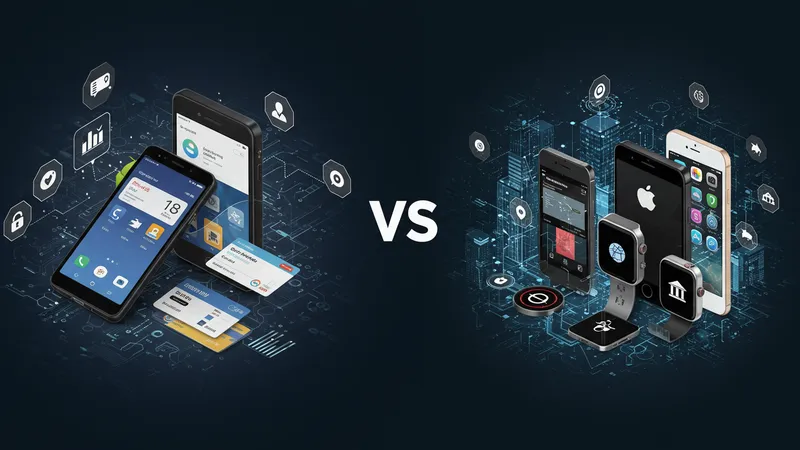
Digital Wallets For Safe & Easy Payments
Comparing Leading Digital Wallet Platforms for Safe & Easy Payments
Each major digital wallet platform has its unique benefits and trade-offs. Google Pay is praised for its Android integration and universal acceptance, letting users store not only cards but also transit passes and event tickets. Its real-time alerts and AI-powered visibility into spending help users track finances and spot irregularities at a glance.

Apple Pay stands out for privacy and device security. Users benefit from industry-leading encryption, strict policies prohibiting transaction tracking, and seamless use across Apple’s entire ecosystem—including Macs, iPhones, iPads, and smartwatches. Contactless payments are effortless, supporting a wide list of international banks and enabling global usage without direct card exposure.
Samsung Wallet offers unique compatibility. Its MST (Magnetic Secure Transmission) technology allows payments at older terminals that lack NFC, broadening the range of businesses where digital payments work. Samsung’s integration with reward programs and offline payment support make it particularly appealing for those seeking versatility.
While all three platforms provide a zero direct cost for users, actual availability of features may vary based on the device and local bank partnerships. Comparing individual offerings helps users choose the best fit for daily routines, device ecosystems, and privacy preferences.